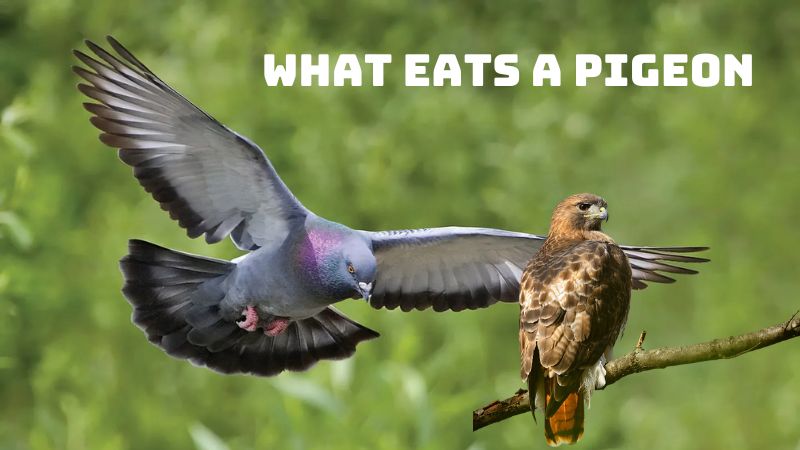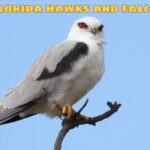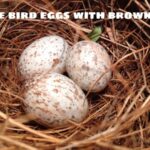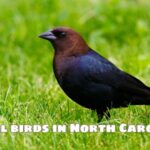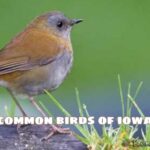What eats a pigeon? Pigeons have become a common sight in North America, living everywhere from cities to farms. With over 8 million pigeons recorded, what keeps pigeons from taking over the bird population? There are a number of natural predators that help keep pigeon populations in check.
Pigeons live in the same habitats as their predators and have no defenses, relying instead on their ability to fly. Find out with birdsofjoy.com!
Where can pigeons be found?
Pigeons survive by living around humans and have a long history of mutual dependence. The trash that humans leave behind, the grain we plant, or the bird seed we leave behind all allow pigeons to have an easy and regular diet.
Often called “rats with wings,” pigeons can consume more trash and debris than any other bird to survive.
The ability to find shelter is also a reason pigeons live so close together, as they prefer concrete and man-made building materials to trees or natural habitats.
They can be found in urban areas, suburban neighborhoods, and even rural farms. Wherever there are people, pigeons can thrive. Here are some of the most common places pigeons nest near your home.
Habitat, diet and life cycle
The normal gait of pigeons involves a very characteristic head movement that appears to move rhythmically back and forth. Some studies suggest that this habit helps stabilize their visual surroundings. In 1978, Dr. Barrie J. Frost conducted an experiment in which a pigeon was allowed to walk on a treadmill. Since the pigeon was actually running in one place, its head did not “wobble.”
Pigeons are monogamous and mate for life. Both parents incubate and care for the chicks. In addition to artificial cliffs made by towering urban structures with accessible ledges and roof spaces, males construct their nests along coastal cliffs.
Pigeons have no natural defense mechanisms to protect them from predators. Their ability to fly is the only thing that separates them from terrestrial predators including possums and raccoons. However, pigeons are often taken by birds of prey such as the Peregrine Falcon, Red-tailed Hawk, and Easter Screech Owl. The growing number of feral and domestic cats poses a hazard to young pigeons and their eggs. Despite being on the menu of most predators, pigeon populations are not in danger of disappearing.
What eats a pigeon ? 3 big threats
While humans may need to use certain scents that pigeons hate or sounds that scare them, pigeons are able to avoid most predators. While pigeons will avoid areas with a lot of predators, they can’t always avoid these sneaky creatures. So which animals pose the biggest threat to pigeons?
1. Owls
Although owls are one of the most effective nocturnal hunters, they surprisingly don’t take as many pigeons as you might expect. Owls hunt at night when pigeons are sleeping, but when they cross pigeon paths, they are their favorite owls.
There are 19 different species of owls in North America, with the great horned owl being the most common, according to the Ohio Department of Wildlife.
Owls have several advantages when it comes to hunting, starting with their excellent hearing. Owls can process sound separately in their right and left ears, allowing them to focus on prey no matter where it is hiding.
They also have specialized vision that allows them to find prey at night. Owls have large eyes that allow them to make the most of dim light at night, and both eyes are forward-facing to act as binoculars.
2. Red-tailed Hawks
Red-tailed hawks are recognized by their rusty red tails and are over 20 inches long with a wingspan of over 20 inches. They are often found nesting within city limits, where they share territory with pigeons.
The University of Pennsylvania published an article about red-tailed hawks appearing on campus and cited pigeons as one of the decoys. A well-fed city pigeon is a great treat for any hawk!
Red-tailed hawks live together for many years, sometimes using the same nest for many years. To protect their nests from parasites and pests, they carry fresh green plants like pine needles as repellents.
3. Urban Falcons
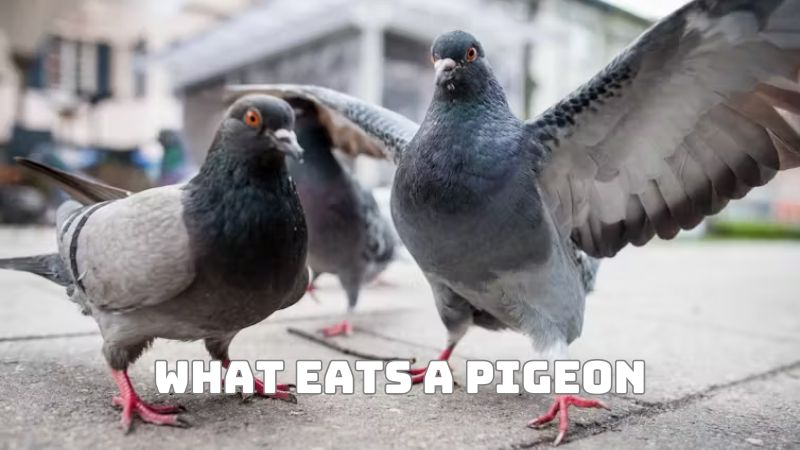
Peregrine falcons living in urban areas are especially famous for hunting wild pigeons.
According to the University of Texas, 80% of the diet of urban falcons is pigeons.
Kestrels are known for roosting in high tree branches, where they can swoop down and catch pigeons from the air. They are such excellent hunters that they are the mascot of the United States Air Force Academy.
Their ancestral home is very similar to the cliff-dwelling rock pigeon, and they have also migrated into urban areas like pigeons.
They also do not have to compete with great horned owls in cities where skyscrapers create artificial cliffs.
FAQ
Why should I keep pigeons?
Pigeons, also known as rock pigeons or rock doves, nest along coastal cliffs, as well as artificial cliffs created by tall urban buildings with ledges and accessible roof space.
In rural areas, they will eat grass seeds, berries, insects, and spiders. In urban environments, they will eat anything they can find, including spilled food, stale bread thrown away by restaurants and supermarkets, and bird seed distributed by tourists.
How worried should I be about pigeons?
Pigeons transmit potentially fatal diseases, including chlamydia, histoplasmosis, yersiniosis, salmonellosis, toxoplasmosis, and tuberculosis. Their droppings often contain the fungal disease cryptococcosis, which is especially dangerous for people with weakened immune systems.
Pigeons are generally considered pests and nuisances in urban areas. However, it is still important to ensure that you follow the regulations when removing these birds. A professional, licensed pest control service will ensure that your pigeon problem is removed legally.

